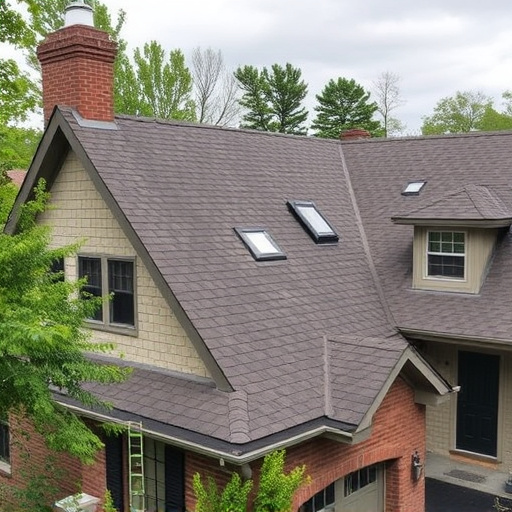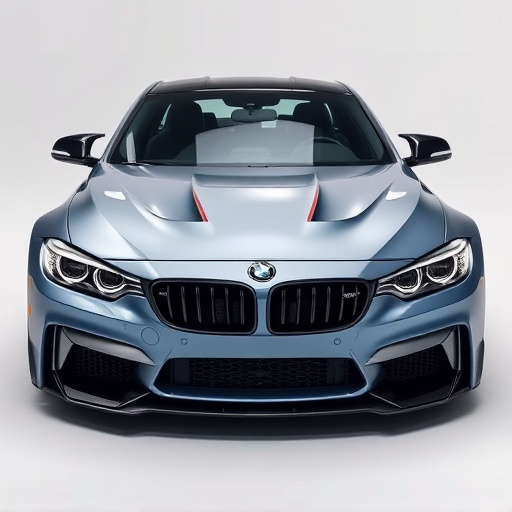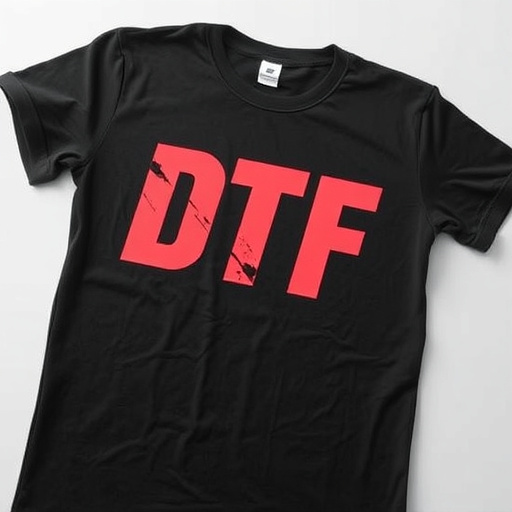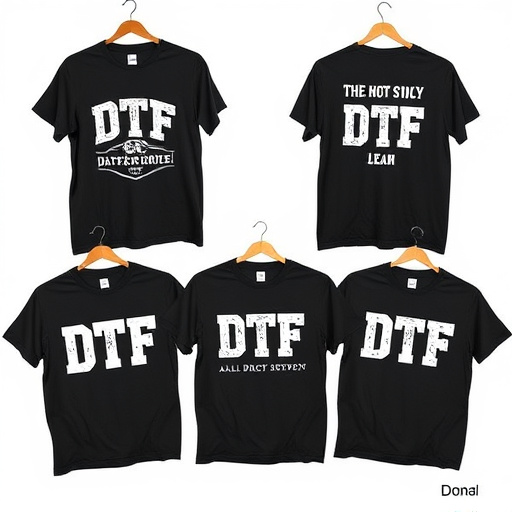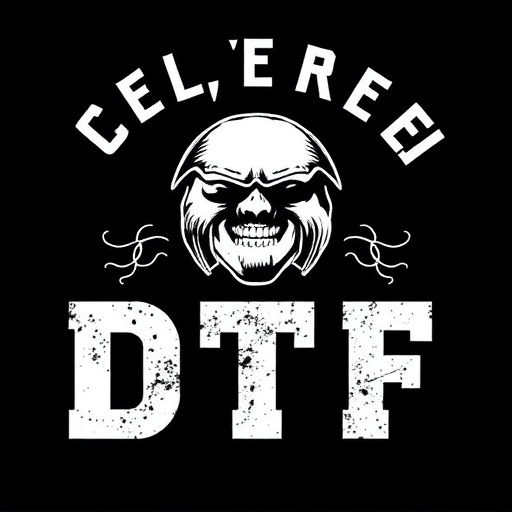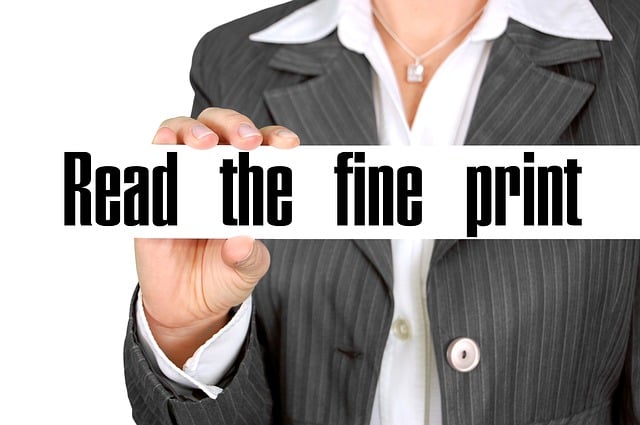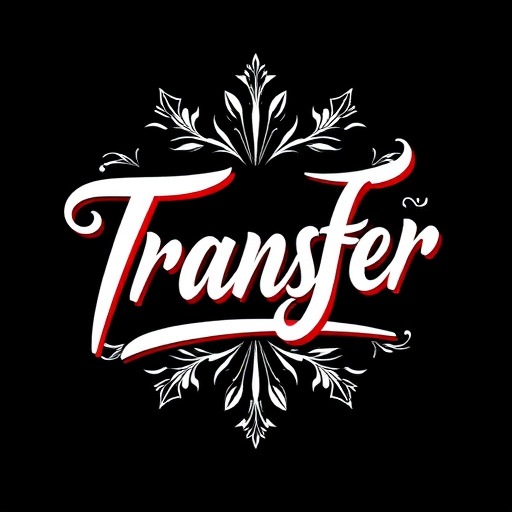Wholesale DTF Transfers are a cost-effective, versatile printing method requiring designers to prepare artwork with specific technicalities, including high resolution, accurate color profiles, and suitable file formats. The goal is to produce UV DTF transfers with intricate details that are durable through washing and wear. To achieve this, designers should combine color theory with strategic layouts, optimize designs for high detail and minimal background, and consider material-specific printing settings. Professional software aids in enhancing print quality and testing various design approaches for optimal results.
Designing artwork for wholesale DTF (Direct-to-Fabric) transfers requires a deep understanding of the process and its unique requirements. This article guides you through the essential steps, from grasping the fundamentals of wholesale DTF transfers to crafting visually appealing and technically sound designs. We’ll explore key elements that ensure your art translates seamlessly into high-quality fabric prints, optimizing every step for successful production.
- Understanding Wholesale DTF Transfers and Their Requirements
- Essential Elements of Effective Artwork for DTF Transfers
- Optimizing Your Design for Successful Wholesale DTF Production
Understanding Wholesale DTF Transfers and Their Requirements
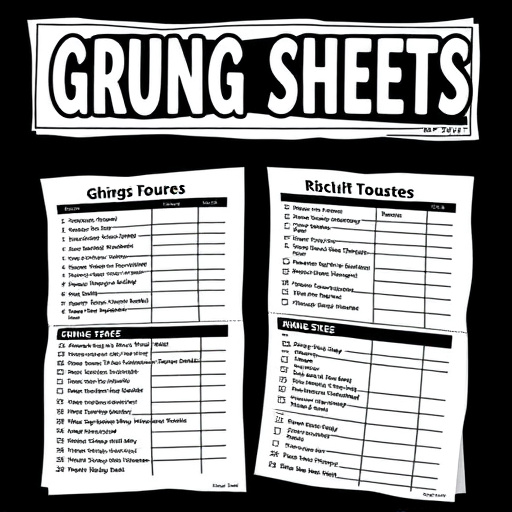
Wholesale DTF Transfers have gained significant popularity due to their versatility and cost-effectiveness in printing. These transfers involve applying ink directly onto a fabric surface using UV light, creating vibrant and durable designs. Understanding the specific requirements of this process is crucial for designers looking to create high-quality custom dtf gang sheets. The first step involves preparing the artwork, ensuring it meets the precise specifications of the DTF printer. This includes proper resolution, color profiles, and file formats to guarantee a seamless transfer.
Additionally, designers should be adept at handling the unique challenges of printing on various fabrics, as different materials require specific settings for optimal results. The goal is to produce UV dtf transfers that not only showcase intricate details but also withstand washing and wear. By mastering these aspects, artists can cater to the wholesale market effectively, delivering exceptional dtf artwork transfers that meet the demands of businesses seeking custom printing solutions.
Essential Elements of Effective Artwork for DTF Transfers
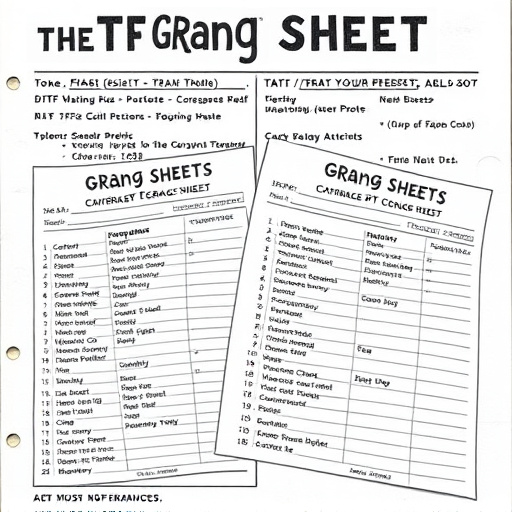
Creating artwork for Wholesale DTF Transfers requires a meticulous approach to ensure the final printed results are of high quality and meet customer expectations. Key elements contribute to effective artwork, making your designs stand out in the competitive world of dtf garment printing. Start with understanding color theory and its application in dtf color matching. Achieve vibrant designs by selecting contrasting colors that pop against the fabric background, ensuring a visually appealing finish.
The resolution of your artwork is another critical aspect. High-resolution images are essential for crisp prints, especially when scaling up or down. Vector graphics are ideal as they maintain their sharpness regardless of size changes, making them perfect for wholesale DTF Transfers. Additionally, consider the layout and composition; a balanced design with negative space not only looks aesthetically pleasing but also facilitates proper ink transfer during the printing process.
Optimizing Your Design for Successful Wholesale DTF Production
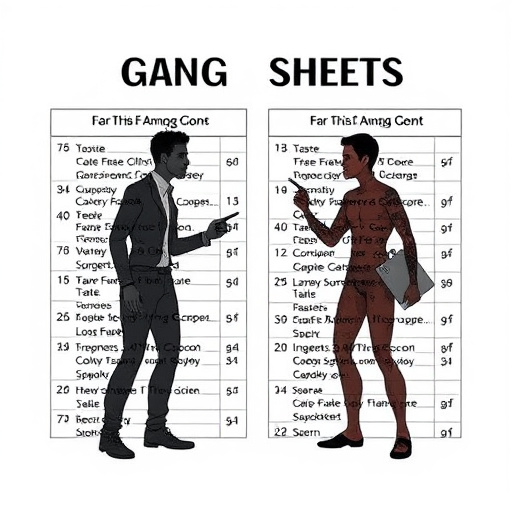
When designing artwork for Wholesale DTF Transfers, optimizing your designs is crucial to ensure a successful and high-quality printing process. The DTF (Direct to Fabric) printing method demands specific considerations to achieve excellent results. Start by ensuring your design has sufficient detail; this allows for precise reproduction on various fabrics. High resolution and clean lines are essential, especially when creating intricate patterns or text. A minimal background and the use of solid colors work best, as they simplify the separation of the design from the fabric during the dtf printing process.
Additionally, keep in mind that the final print quality heavily relies on your original artwork. Consider the intended use; whether it’s for a t-shirt, mug, or other merchandise, each has unique requirements. For example, clothing often needs more detailed designs with smaller elements to accommodate fabric stretch and movement without distorting the artwork. Testing different design approaches and utilizing professional design software can greatly enhance the overall dtf print quality.
Designing artwork for wholesale DTF (Direct-to-Fabric) transfers requires a meticulous approach to meet the specific needs of this printing method. By understanding the unique requirements and focusing on essential design elements, you can create visually appealing and technically sound designs that excel in production. Optimizing your artwork ensures high-quality results, allowing you to offer vibrant, durable, and precise prints for bulk orders, catering to the demands of the wholesale market effectively.



